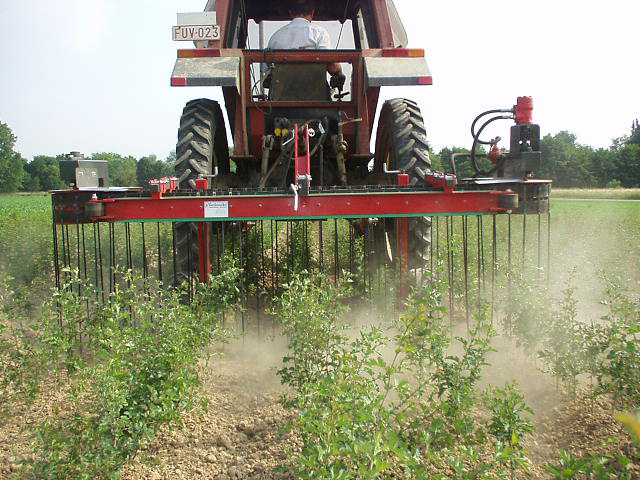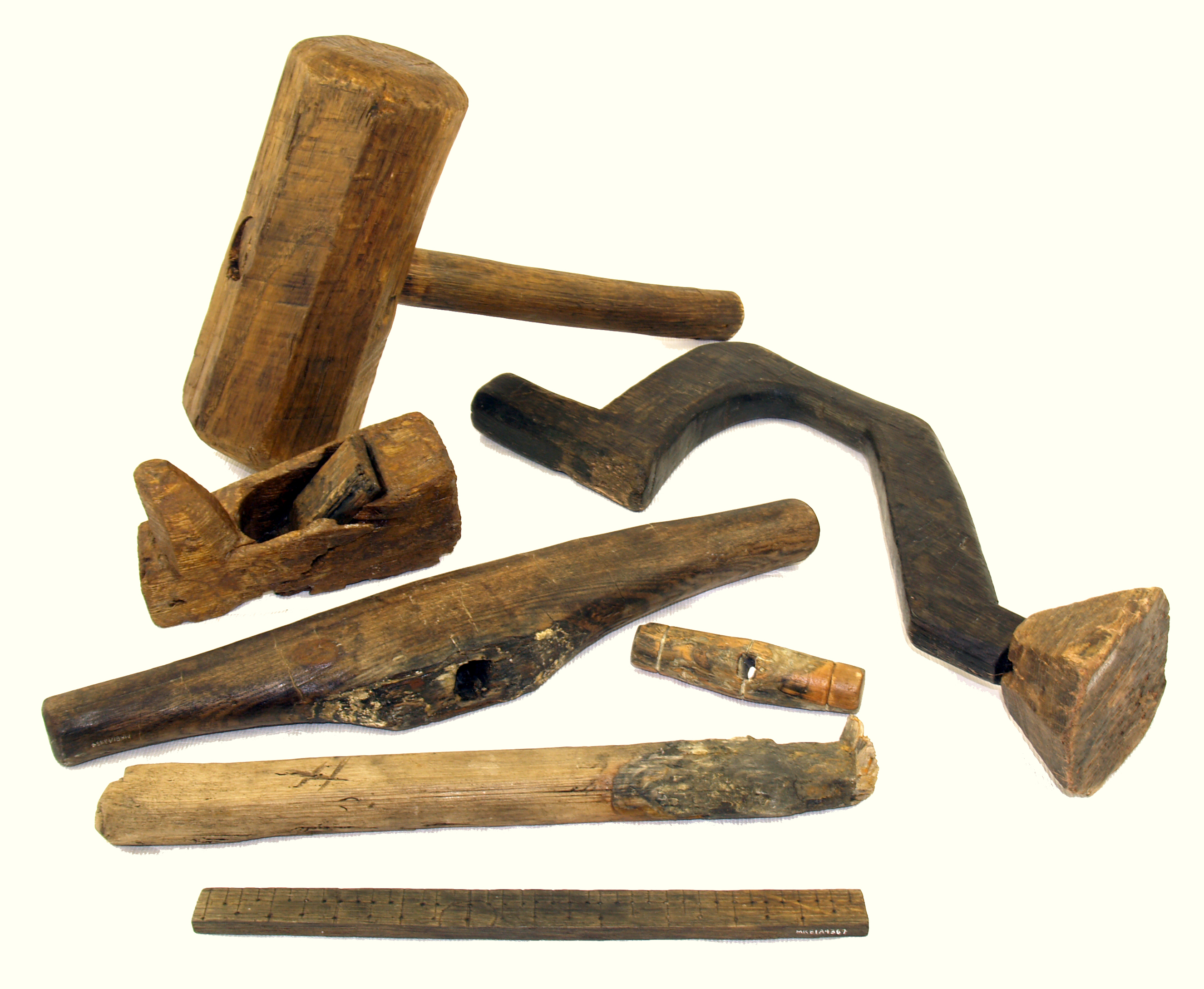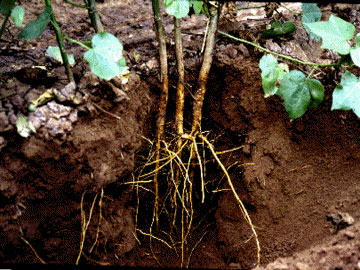|
Kirpi Tool
The kirpi is a small traditional hand weeding tool. It evolved in India as a multi-purpose gardening implement. The tool has a wooden handle and a curved blade. The cutting edge on the outside curve of the blade can be used for hand hoeing, while the serrated inside edge cuts through dead vegetation or tough root In vascular plants, the roots are the plant organ, organs of a plant that are modified to provide anchorage for the plant and take in water and nutrients into the plant body, which allows plants to grow taller and faster. They are most often bel ...s. The pointed tip can be used for raking out deep roots. organic catalogue.com. Retrieved January 3, 2011 References Gardening ...[...More Info...] [...Related Items...] OR: [Wikipedia] [Google] [Baidu] |
Weed Control
Weed control is a type of pest control, which attempts to stop or reduce growth of weeds, especially noxious weeds, with the aim of reducing their competition with desired flora and fauna including domesticated plants and livestock, and in natural settings preventing non native species competing with native species. Weed control is important in agriculture. Methods include hand cultivation with hoe (tool), hoes, powered cultivation with cultivators, smothering with mulch, lethal wilting with high heat, burning, and Benthiocarb, chemical control with herbicides (weed killers). Need for control Weeds compete with productive crops or pasture. They can be poisonous, distasteful, produce burrs, thorns, or otherwise interfere with the use and management of desirable plants by contaminating harvests or interfering with livestock. Weeds compete with crops for space, nutrients, water and light. Smaller, slower growing seedlings are more susceptible than those that are larger and more ... [...More Info...] [...Related Items...] OR: [Wikipedia] [Google] [Baidu] |
Tool
A tool is an Physical object, object that can extend an individual's ability to modify features of the surrounding environment or help them accomplish a particular task. Although many Tool use by animals, animals use simple tools, only human beings, whose use of stone tools dates back hundreds of millennia, have been observed using tools to make other tools. Early human tools, made of such materials as Rock (geology), stone, bone, and wood, were used for the preparation of food, hunting, the manufacture of weapons, and the working of materials to produce clothing and useful Cultural artifact, artifacts and crafts such as pottery, along with the construction of housing, businesses, infrastructure, and transportation. The development of metalworking made additional types of tools possible. Harnessing energy sources, such as Working animal, animal power, wind, or steam, allowed increasingly complex tools to produce an even larger range of items, with the Industrial Revolution markin ... [...More Info...] [...Related Items...] OR: [Wikipedia] [Google] [Baidu] |
India
India, officially the Republic of India, is a country in South Asia. It is the List of countries and dependencies by area, seventh-largest country by area; the List of countries by population (United Nations), most populous country since 2023; and, since its independence in 1947, the world's most populous democracy. Bounded by the Indian Ocean on the south, the Arabian Sea on the southwest, and the Bay of Bengal on the southeast, it shares land borders with Pakistan to the west; China, Nepal, and Bhutan to the north; and Bangladesh and Myanmar to the east. In the Indian Ocean, India is near Sri Lanka and the Maldives; its Andaman and Nicobar Islands share a maritime border with Thailand, Myanmar, and Indonesia. Modern humans arrived on the Indian subcontinent from Africa no later than 55,000 years ago., "Y-Chromosome and Mt-DNA data support the colonization of South Asia by modern humans originating in Africa. ... Coalescence dates for most non-European populations averag ... [...More Info...] [...Related Items...] OR: [Wikipedia] [Google] [Baidu] |
Gardening
Gardening is the process of growing plants for their vegetables, fruits, flowers, herbs, and appearances within a designated space. Gardens fulfill a wide assortment of purposes, notably the production of Aesthetics, aesthetically pleasing areas, Medication, medicines, cosmetics, dyes, foods, poisons, wildlife habitats, and saleable goods (see market gardening). People often partake in gardening for its Therapy, therapeutic, health, educational, Culture, cultural, Philosophy, philosophical, Environmental protection, environmental, and Religion, religious benefits. Gardening varies in scale from the 800 hectare Palace of Versailles, Versailles gardens down to container gardens grown inside. Gardens take many forms; some only contain one type of plant, while others involve a complex assortment of plants with no particular order. Gardening can be difficult to differentiate from Agriculture, farming. They are most easily differentiated based on their primary objectives. Farming pri ... [...More Info...] [...Related Items...] OR: [Wikipedia] [Google] [Baidu] |
Wood
Wood is a structural tissue/material found as xylem in the stems and roots of trees and other woody plants. It is an organic materiala natural composite of cellulosic fibers that are strong in tension and embedded in a matrix of lignin that resists compression. Wood is sometimes defined as only the secondary xylem in the stems of trees, or more broadly to include the same type of tissue elsewhere, such as in the roots of trees or shrubs. In a living tree, it performs a mechanical-support function, enabling woody plants to grow large or to stand up by themselves. It also conveys water and nutrients among the leaves, other growing tissues, and the roots. Wood may also refer to other plant materials with comparable properties, and to material engineered from wood, woodchips, or fibers. Wood has been used for thousands of years for fuel, as a construction material, for making tools and weapons, furniture and paper. More recently it emerged as a feedstock for the production ... [...More Info...] [...Related Items...] OR: [Wikipedia] [Google] [Baidu] |
Hoe (tool)
A hoe is an ancient and versatile agricultural and horticultural hand tool used to shape soil, remove weeds, clear soil, and harvest root crops. Shaping the soil includes piling soil around the base of plants ( hilling), digging narrow furrows ( drills) and shallow trenches for planting seeds or bulbs. Weeding with a hoe includes agitating the surface of the soil or cutting foliage from roots, and clearing the soil of old roots and crop residues. Hoes for digging and moving soil are used to harvest root crops such as potatoes. Types There are many kinds of hoes of varied appearances and purposes. Some offer multiple functions, while others have only a singular and specific purpose. There are two general types of hoe: draw hoes for shaping soil, and scuffle hoes for weeding and aerating soil. A draw hoe has a blade set at approximately a right angle to the shaft. The user chops into the ground and then pulls (draws) the blade towards them. Altering the angle of the hand ... [...More Info...] [...Related Items...] OR: [Wikipedia] [Google] [Baidu] |
Root
In vascular plants, the roots are the plant organ, organs of a plant that are modified to provide anchorage for the plant and take in water and nutrients into the plant body, which allows plants to grow taller and faster. They are most often below the surface of the soil, but roots can also be aerial root, aerial or aerating, that is, growing up above the ground or especially above water. Function The major functions of roots are absorption of water, plant nutrition and anchoring of the plant body to the ground. Types of Roots (major rooting system) Plants exhibit two main root system types: ''taproot'' and ''fibrous'', with variations like adventitious, aerial, and buttress roots, each serving specific functions. Taproot System Characterized by a single, main root growing vertically downward, with smaller lateral roots branching off. Examples. Dandelions, carrots, and many dicot plants. Fibrous RootSystem Consists of a network of thin, branching roots that spread out from ... [...More Info...] [...Related Items...] OR: [Wikipedia] [Google] [Baidu] |




